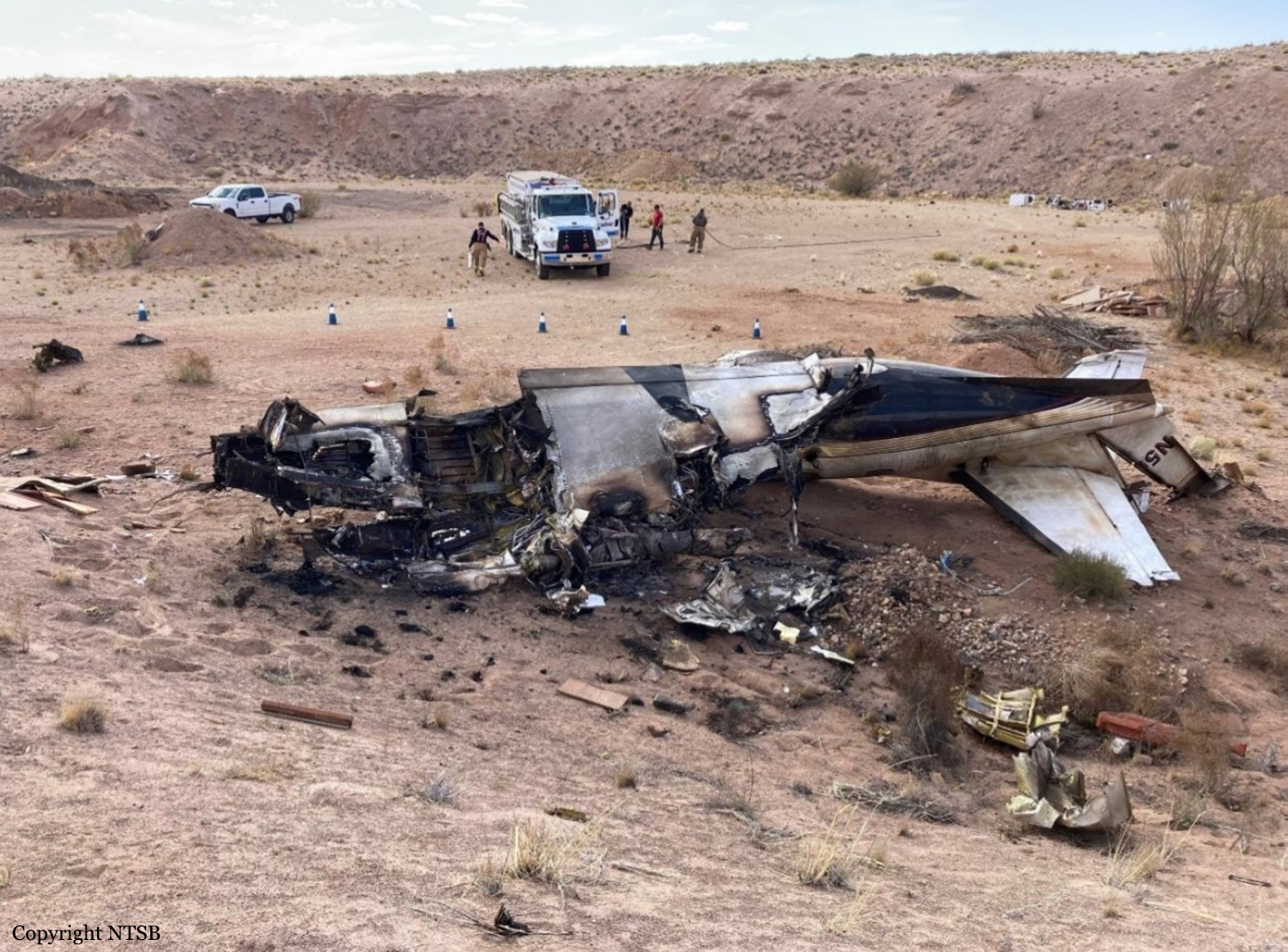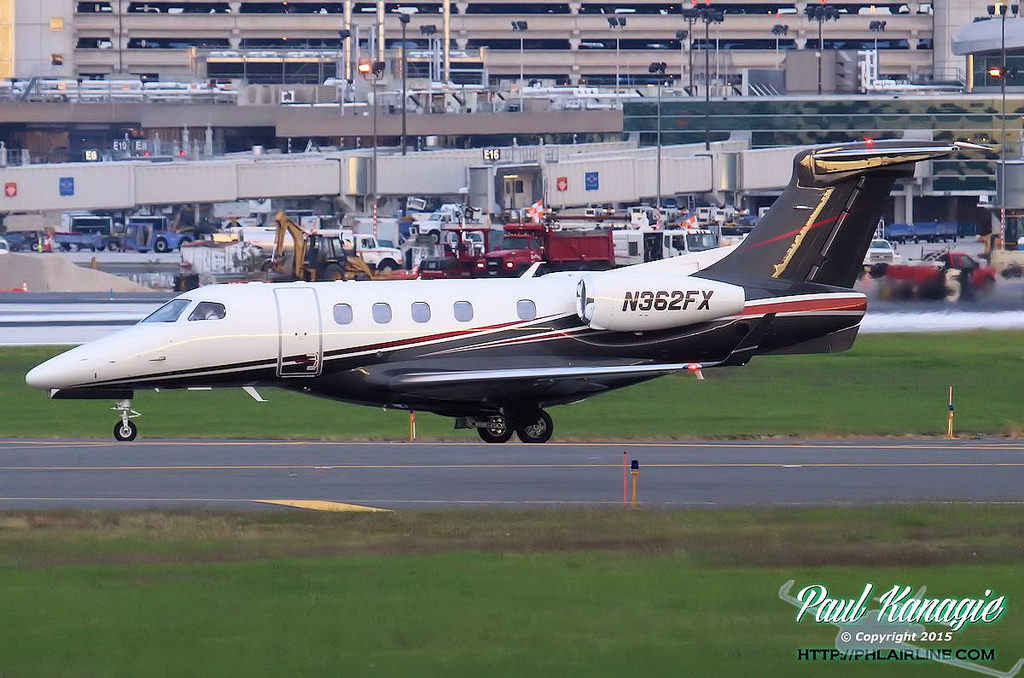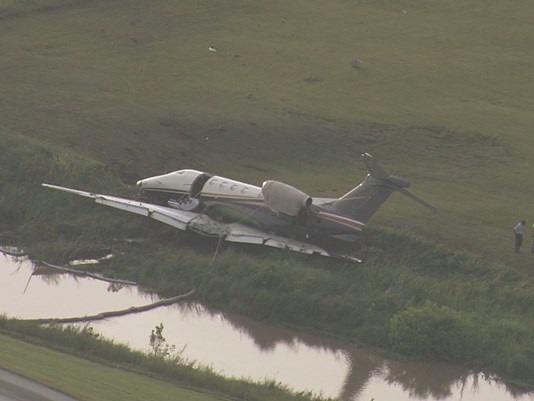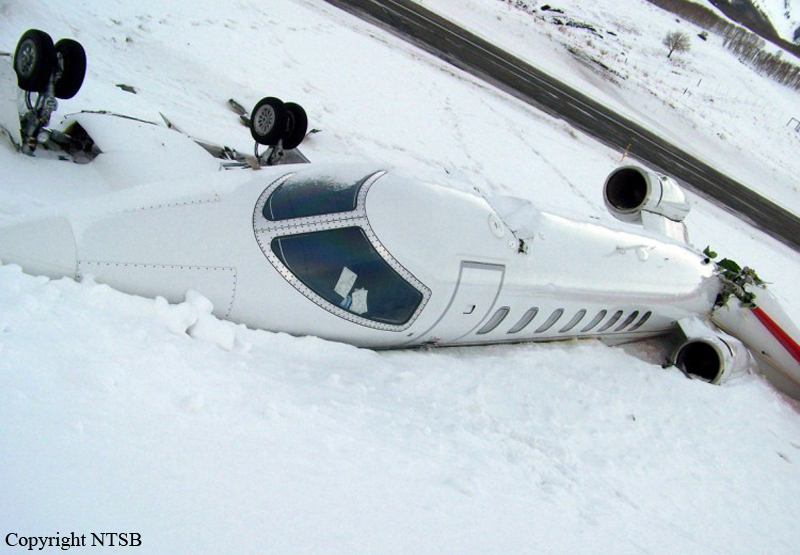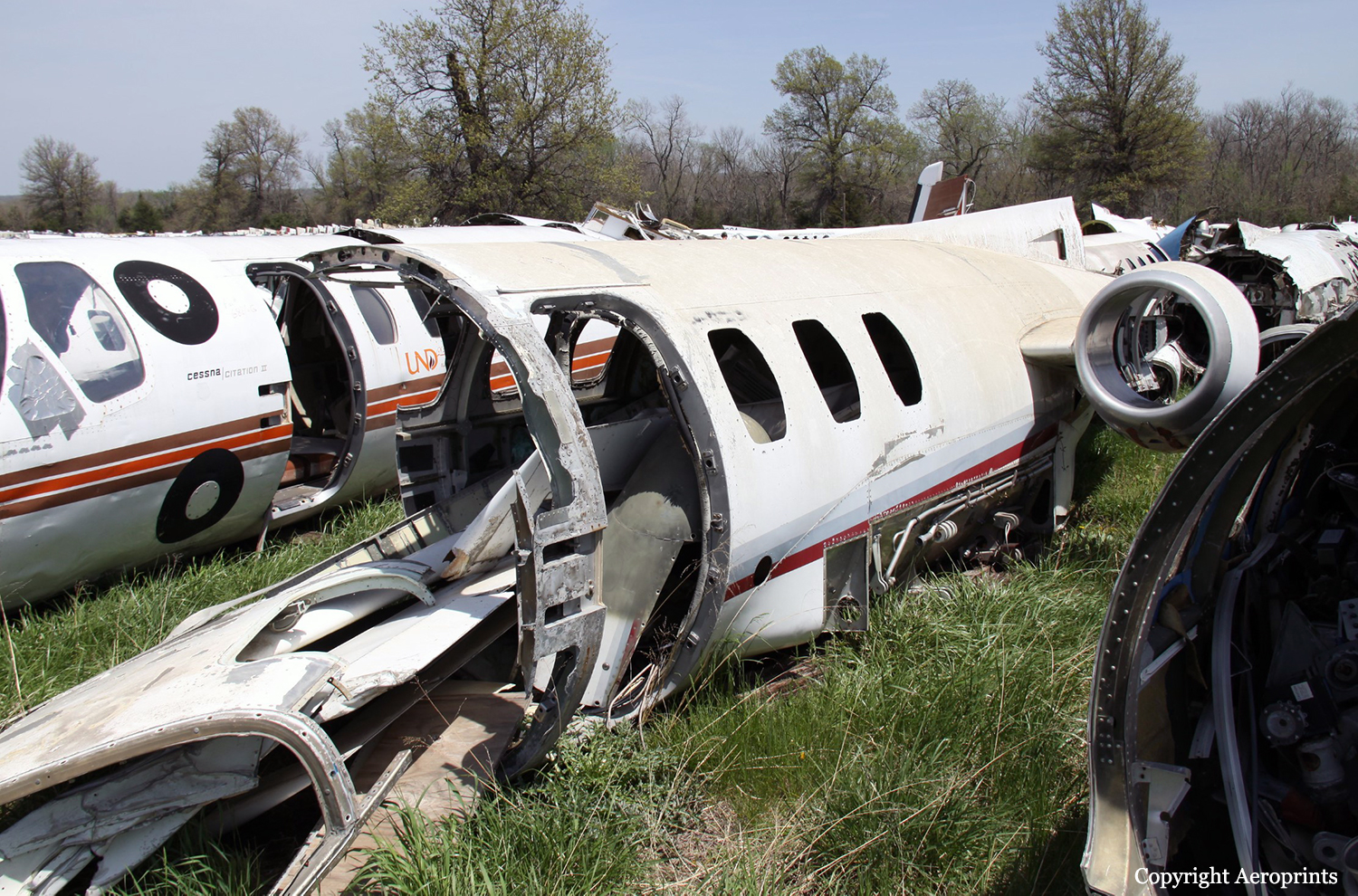Crash of a Swearingen SA226T Merlin IIIB in Winslow: 2 killed
Date & Time:
Apr 23, 2021 at 1519 LT
Registration:
N59EZ
Survivors:
No
Schedule:
Scottsdale - Winslow
MSN:
T-394
YOM:
1981
Crew on board:
2
Crew fatalities:
Pax on board:
0
Pax fatalities:
Other fatalities:
Total fatalities:
2
Aircraft flight hours:
5959
Circumstances:
The pilot was conducting a personal flight and was descending the airplane to the destination airport. Automatic dependent surveillance-broadcast (ADS-B) data showed that the airplane accomplished several turning maneuvers near the airport. These turns occurred from an elevation of 6,000 to 4,950 ft mean sea level, at which time the data ended. The airplane was 80 ft above ground level at the time. Witnesses reported seeing a low-flying airplane perform a turn and then veer toward the ground. The airplane came to rest about 4 miles east of the destination airport and 70 ft from the last data target. A postcrash fire ensued. Postaccident examination of the airframe and engines found no mechanical anomalies that would have precluded normal operation. Examination of the left engine revealed that the engine was likely producing power. The right engine examination revealed damage consistent with low or no rotation at the time of the accident, including distinct, localized contact marks on the rotating propeller shaft. In addition, no metal spray was found in the turbine section, and no dirt was found within the combustor section. The examination of the right propeller blades showed chordwise scoring with the blades bent aft and twisted toward a low-pitch setting. Examination of the fuel system noted no anomalies. The airplane was equipped with a single redline (SRL) autostart computer. Examination of the right (R) SRL-OFF annunciator panel light bulb showed signatures of hot filament stretch, which was consistent with illumination of the light at the time of the accident. The SRL light normally extinguishes above an engine speed of 80% rpm. Given the low rotational signatures on the right engine and the illuminated “R SRL-OFF” warning light, it is likely that the right engine lost engine power during the flight for reasons that could not be determined.
Probable cause:
The loss of engine power to the right engine for reasons that could not be determined. Contributing to the accident was the pilot’s failure to maintain control of the airplane.
Final Report:

